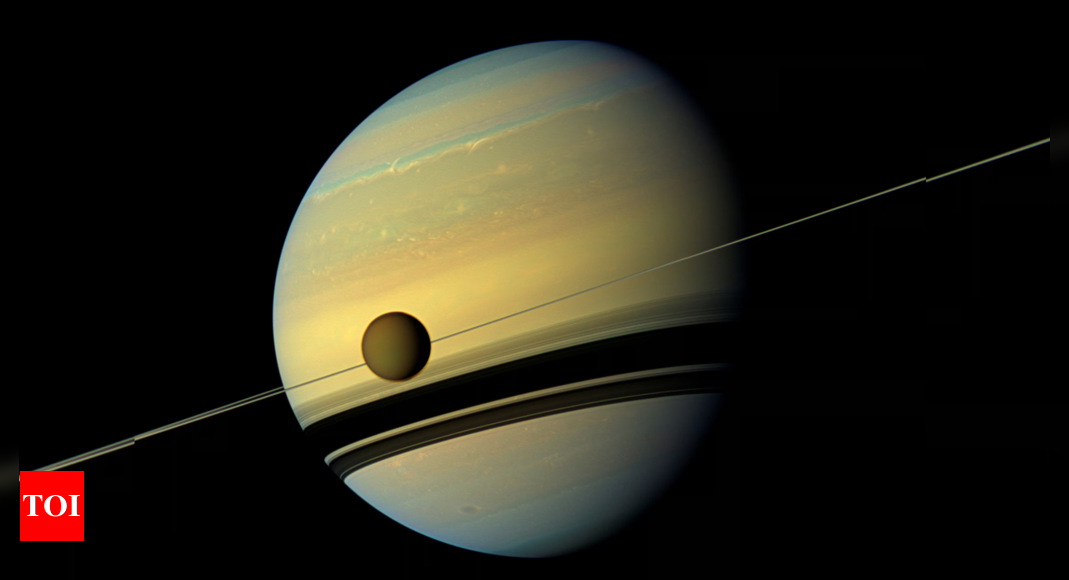A recent study conducted by planetary scientists at the University of Hawaiʻi at Mānoa suggests that life could potentially exist on Titan, Saturn’s largest moon.
The researchers propose that methane gas might be trapped beneath its thick ice crust, raising intriguing possibilities about the moon’s potential to support life.
This research not only highlights Titan’s unique geological features but also explores its capacity for hosting life forms.
‘This was very surprising’
The research team, led by scientist Lauren Schurmeier, observed that Titan’s impact craters are shallower than expected, with only 90 craters identified so far. “This was very surprising because, based on other moons, we expect to see many more impact craters on the surface and craters that are much deeper than what we observe on Titan,” Schurmeier explained.
The researchers found out that a unique process must be at play, causing these craters to become shallower and disappear more quickly than on other celestial bodies.
To investigate, the team employed computer modelling to calculate the thickness of a potential methane clathrate crust, believed to be between 5 to 10 kilometres (about 3 to 6 miles) thick. Schurmeier noted, “Using this modelling approach, we were able to constrain the methane clathrate crust thickness… because simulations using that thickness produced crater depths that best matched the observed craters.”
Possibility of life on Titan
Methane clathrate, a solid compound in which methane is trapped within water’s crystalline structure, could significantly influence Titan’s climate and carbon cycle. This insulating crust may keep the moon’s interior warm, suggesting an environment that could support life. If life exists in Titan’s subsurface ocean, any signs of it would need to be transported to the surface for discovery by future missions.
A unique environment
Titan is known for being one of the few objects in the solar system with a dense atmosphere and liquid bodies on its surface. The extreme cold means these liquids are composed of hydrocarbons like methane and ethane, with a surface largely made of solid water ice. Interestingly, humans would not need a pressure suit to walk on Titan’s surface, although an oxygen mask would be essential to withstand extremely low temperatures.
The Nasa Dragonfly mission to Titan is set to launch in July 2028 and arrive in 2034. This mission will allow researchers to closely observe Titan and explore its icy surface, including a crater called Selk.
